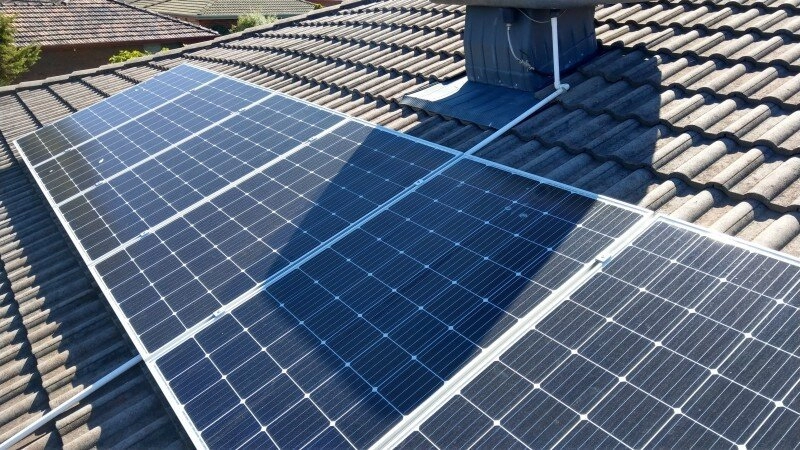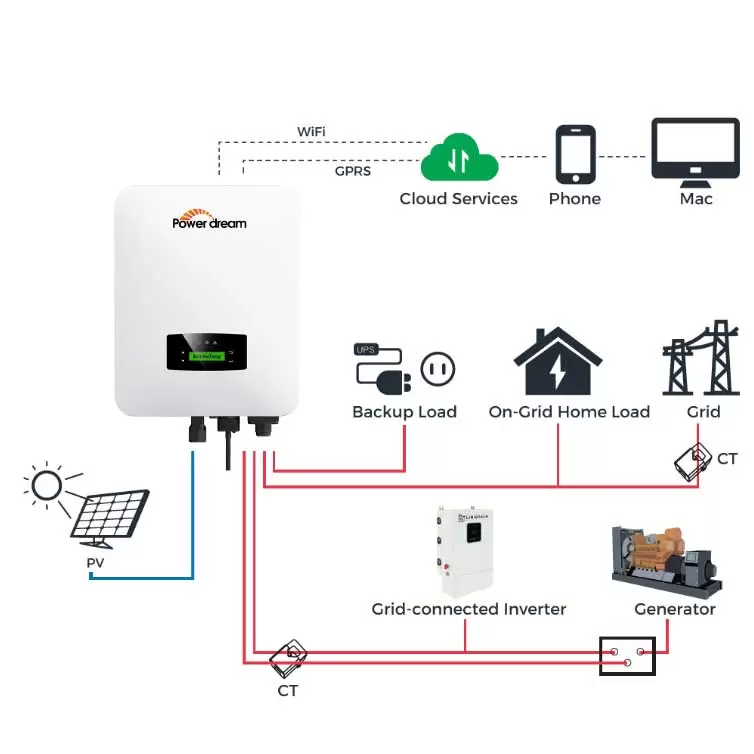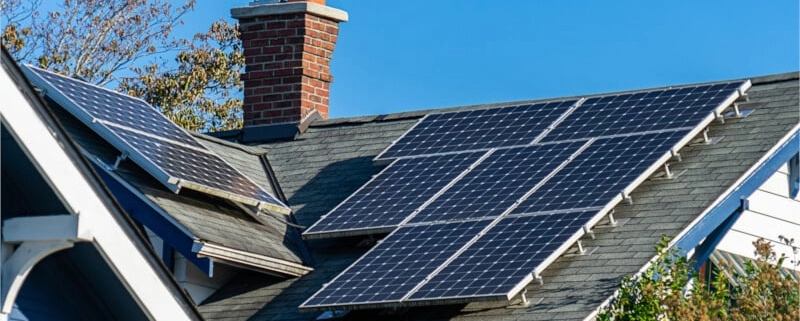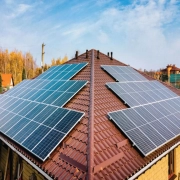How to identify and resolve common Solar On grid System inefficiencies?
Solar on grid system have become integral to powering homes, businesses, and entire communities. However, even the most advanced solar on grid systems can face inefficiencies in their daily use, reducing energy production, increasing maintenance costs, and reducing overall performance. For users or investors, it is necessary to understand how to identify and solve these inefficiencies. This guide delves into the everyday challenges affecting solar on grid systems and provides relevant suggestions to effectively diagnose and solve these problems. All aspects of system performance will be covered, so you will have a clear roadmap to maximize energy output and improve the long-term reliability of your installation.
Diagnosing Shading and Orientation Issues in Solar On grid System
Shading is one of the most common but overlooked factors that kill solar on grid system efficiency. Due to how solar cells are connected in series, even if only 10% of the panels are partially shaded, the output will be reduced by 50%. BARANA technicians use drone thermal imaging technology to identify problematic shading patterns throughout the day and year. For existing installations, microinverters or DC optimizers can mitigate shading effects when retrofitting to the affected panels. Orientation issues manifest differently – south-facing arrays (in the Northern Hemisphere) tilted 20-35 degrees typically produce the best results. If your solar on grid system panels deviate significantly from these angles, a 10-25% production loss can occur. Simple solutions to reposition the panels or tilt frame adjustments can resolve these issues without completely reconfiguring the system.

Identifying and Resolving Solar on grid System Component Failures
Component degradation can quietly weaken the performance of a solar on grid system over time. Solar panels typically lose 0.5-1% efficiency annually, but the faster they decline, the more likely they will have a problem. BARANA’s diagnostic methods include IV curve tracing to pinpoint underperforming panels and infrared imaging to detect hot spots that indicate cell damage. The inverter is the workhorse of a solar on grid system and will often show a drop in efficiency before it fails. Monitor for unusual noises, error messages, or lower conversion rates, and wiring issues usually cause unexpected resistance losses. We recommend a professional inspection every 2-3 years to detect these issues early. Many modern systems allow for monitoring individual panels; when problems arise, targeted replacements can be made rather than overhauling the entire system.

Optimizing Solar on grid System Maintenance for Optimal Performance
Proactive maintenance is more effective than reactive repairs in maintaining the efficiency of a solar on grid system. BARANA’s research shows that properly maintained systems outperform neglected systems by 15-20% annually. Start by cleaning panels quarterly in dusty environments—a layer of dust can block 5-20% of sunlight. Use a soft brush and deionized water to prevent scratches that permanently reduce light absorption. Monthly visual inspections should check for vegetation encroachment, animal nests, and physical damage.
Another area of focus is the quality of wiring and connection points. Over time, corrosion, loose connections, and thermal expansion can increase resistance and power loss. Regular inspections and timely replacement of damaged components are essential to high efficiency. Additionally, optimizing the system’s layout and design, such as minimizing cable lengths, can reduce losses and improve energy transfer. Together, these improvements in component performance and system design can help address common inefficiencies and increase the overall output of solar on grid systems.
Solving Grid Interaction Challenges
Grid-related issues often limit the performance of solar on grid systems without apparent signs. Voltage fluctuations exceeding ±10% of nominal can trigger safety shutdowns, while frequency changes can limit output capacity. BARANA engineers recommend installing power quality meters to record these events, and many systems automatically restart without alerting the owner of a temporary power outage. Consider voltage regulation equipment or partial off-grid configurations during peak production hours in areas with weak grid infrastructure should be considered. However, some utilities may impose arbitrary export restrictions, so it is necessary to negotiate these terms during system design or explore solutions such as smart inverters that can dynamically adjust based on grid conditions.
Leveraging technology to improve solar on grid system efficiency
One of the most effective control strategies is to use smart inverters capable of dynamic power optimization. These inverters can adjust their output based on the current conditions of the PV array and the grid, thereby minimizing losses and maximizing energy transfer. DC optimizers on each panel can mitigate mismatch losses for large installations, which typically waste 5-15% of potential output. With remote monitoring and control systems, smart inverters can continuously optimize performance, reduce downtime and improve overall efficiency.

Best Practices for Addressing Inefficiencies
By combining comprehensive diagnostics, optimized component performance, proactive maintenance and the adoption of smart inverters, users can significantly improve the efficiency and reliability of their solar installations, from understanding common inefficiencies and using advanced diagnostic tools to optimizing system design and implementing innovative control strategies. Each step ensures your solar on grid system performs to its maximum potential.




